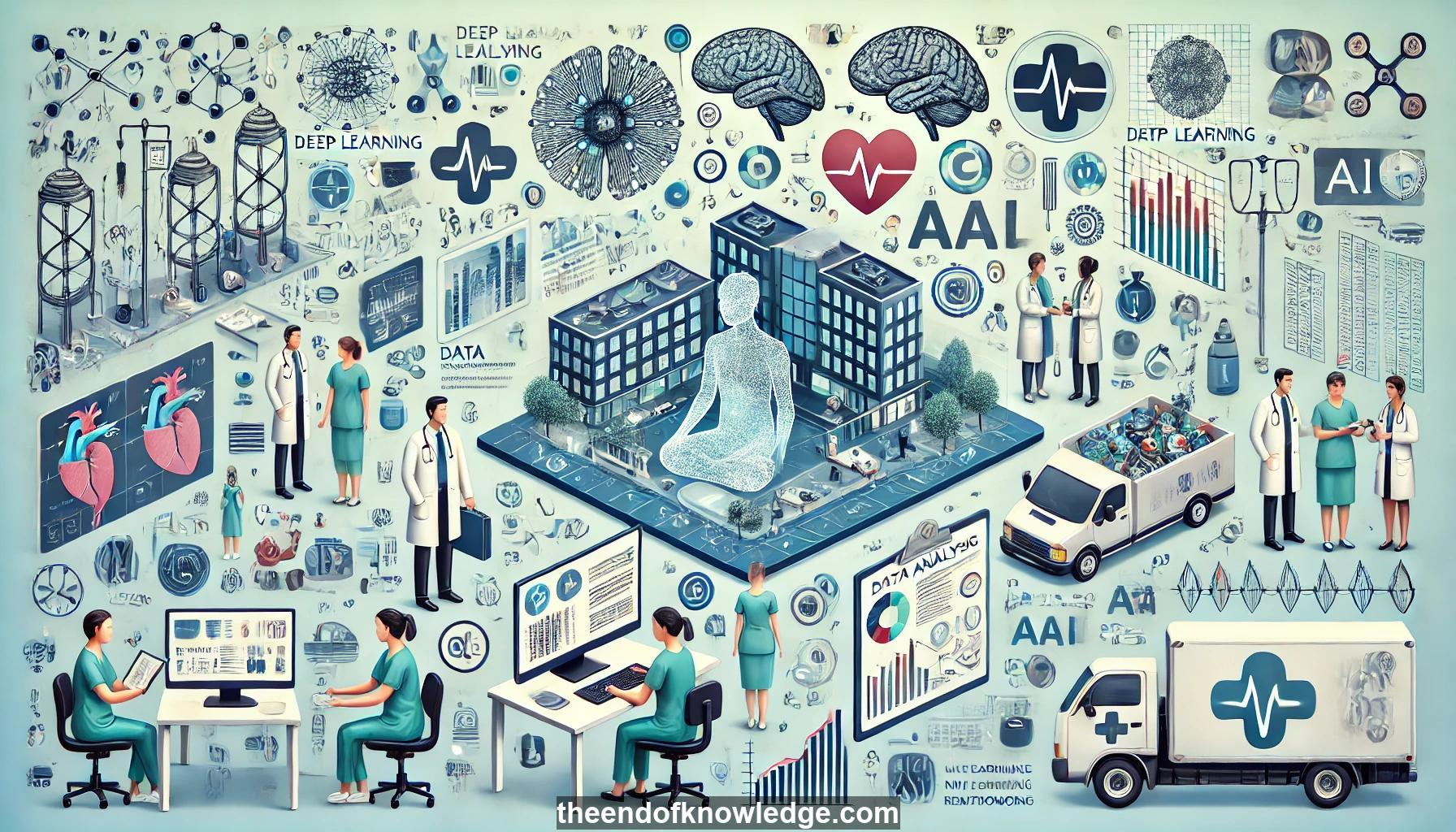 >
>
Concept Graph & Resume using Claude 3.5 Sonnet | Chat GPT4o | Llama 3:
Resume:
1.- Machine learning for healthcare is complex due to ill-defined problems and solutions that are hard to verify.
2.- Automated machine learning enables crafting models for various diseases and needs, adapting to changing situations.
3.- Missing data imputation is crucial in clinical datasets for effective automated machine learning.
4.- GAIN (Generative Adversarial Imputation Nets) performs effective multiple imputations even when complete data is unavailable.
5.- GAIN generalizes GANs by providing hints to the discriminator about which data is real and which is imputed.
6.- GAIN outperforms other imputation methods, especially as missing rates increase and in complex missing data scenarios.
7.- Multidirectional Recurrent Neural Networks (MRNN) perform both interpolation and imputation for time series data in clinical settings.
8.- MRNN adapts bidirectional RNNs to be causal, learning from current and past data without using future information.
9.- MRNN outperforms state-of-the-art baselines in various datasets with different dimensions, missing data amounts, and sampling rates.
10.- Clinical judgments shape missing data patterns, which can be learned from to improve predictions.
11.- A probabilistic model using a semi-Markov process can capture patient trajectories and informative sampling in clinical settings.
12.- Hawkes point processes model clinicians' sampling behavior, capturing the impact of patient health on observation frequency.
13.- Switching multitask Gaussian processes model temporal correlations in irregularly sampled vital signs and lab tests.
14.- Inference and learning in doubly stochastic models require change point detection and maximum likelihood estimation techniques.
15.- Real-time inference can be performed using forward filtering and dynamic programming.
16.- Learning from informatively sampled data improves performance in predicting patient deterioration compared to traditional risk scores.
17.- The probabilistic model enables discovery of distinct clinical states and provides model interpretability.
18.- Active collection of information determines who to screen, when to screen, and what information to acquire.
19.- Deep Sensing learns the value of information by exploring different cost-performance trade-offs through deliberate missingness.
20.- Clairvoyance is a unified end-to-end pipeline for personalized prediction, treatment planning, and monitoring in longitudinal settings.
21.- Machine learning can revolutionize healthcare by delivering precision medicine and improving clinical pathways.
22.- The vision is to augment clinicians and medical personnel rather than replace them.
23.- Electronic health record data can be used to improve clinical practice and research.
24.- Causal discovery informed by various data sources can lead to better drug development.
25.- Autoprognosis builds entire pipelines including missing data imputation, feature processing, classification, and calibration.
26.- COVID-19 presents complex challenges requiring machine learning to assist in difficult clinical decisions.
27.- A machine learning system for COVID-19 forecasts personalized risks and resource requirements at hospital and national levels.
28.- Imputation methods need to handle mixed data types (categorical and continuous) in clinical datasets.
29.- Bidirectional RNNs, while effective in some domains, are not causal and thus unsuitable for clinical predictions.
30.- The value of information in clinical settings is unknown and dynamically changing, requiring adaptive learning approaches.
Knowledge Vault built byDavid Vivancos 2024